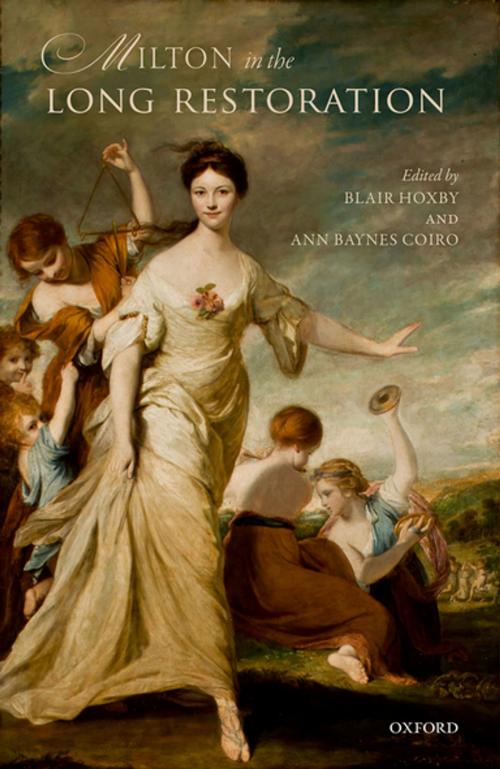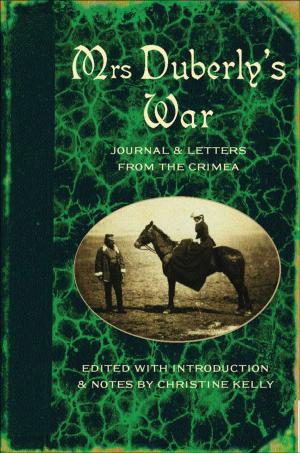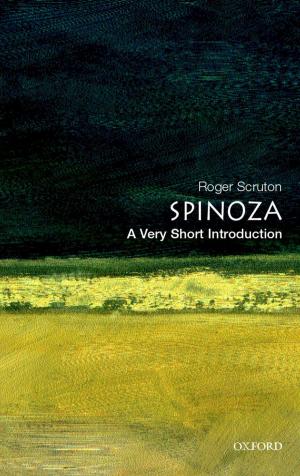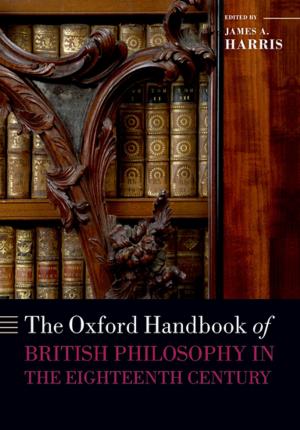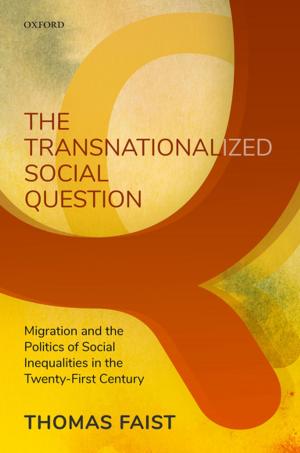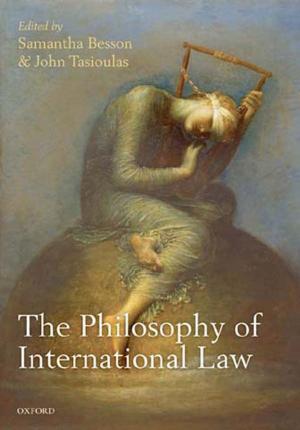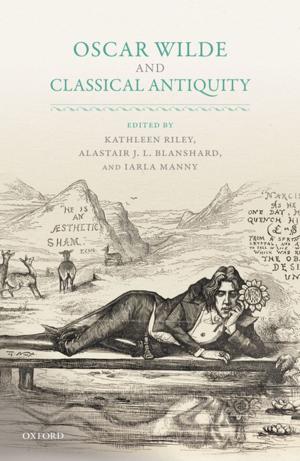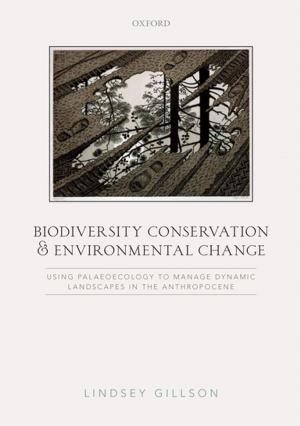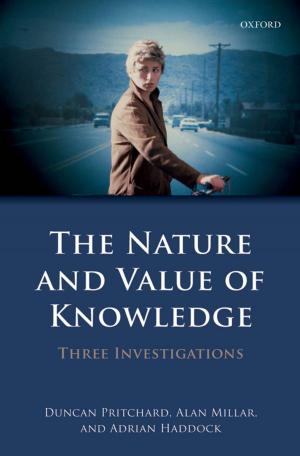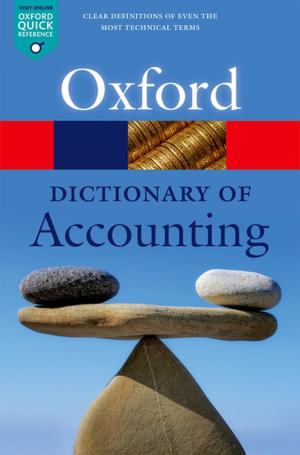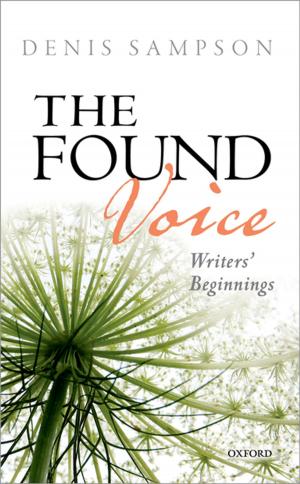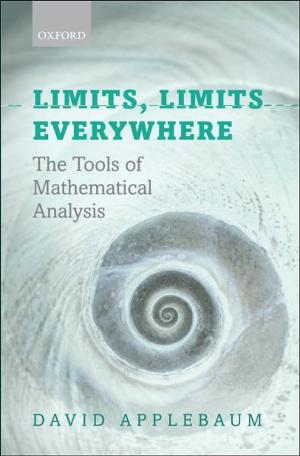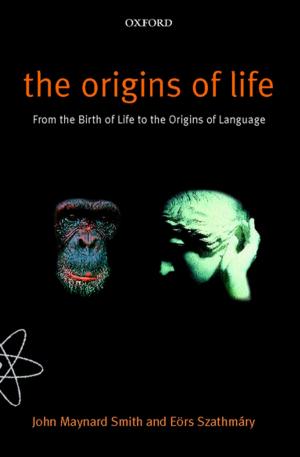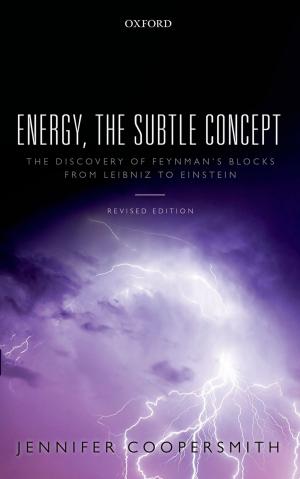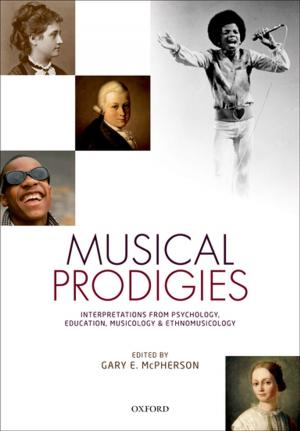Milton in the Long Restoration
Fiction & Literature, Literary Theory & Criticism, Poetry History & Criticism, Nonfiction, Social & Cultural Studies, Social Science| Author: | ISBN: | 9780191082405 | |
| Publisher: | OUP Oxford | Publication: | August 25, 2016 |
| Imprint: | OUP Oxford | Language: | English |
| Author: | |
| ISBN: | 9780191082405 |
| Publisher: | OUP Oxford |
| Publication: | August 25, 2016 |
| Imprint: | OUP Oxford |
| Language: | English |
Milton criticism often treats the poet as if he were the last of the Renaissance poets or a visionary prophet who remained misunderstood until he was read by the Romantics. At the same time, literary histories of the period often invoke a Long Eighteenth Century that reaches its climax with the French Revolution or the Reform Bill of 1832. What gets overlooked in such accounts is the rich story of Milton's relationship to his contemporaries and early eighteenth-century heirs. The essays in this collection demonstrate that some of Milton's earliest readers were more perceptive than Romantic and twentieth-century interpreters. The translations, editions, and commentaries produced by early eighteenth century men of letters emerge as the seedbed of modern criticism and the term 'neoclassical' is itself unmasked as an inadequate characterization of the literary criticism and poetry of the period—a period that could brilliantly define a Miltonic sublime, even as it supported and described all the varieties of parody and domestication found in the mock epic and the novel. These essays, which are written by a team of leading Miltonists and scholars of the Restoration and eighteenth century, cover a range of topics—from Milton's early editors and translators to his first theatrical producers; from Miltonic similes in Pope's Iliad to Miltonic echoes in Austen's Pride and Prejudice; from marriage, to slavery, to republicanism, to the heresy of Arianism. What they share in common is a conviction that the early eighteenth century understood Milton and that the Long Restoration cannot be understood without him.
Milton criticism often treats the poet as if he were the last of the Renaissance poets or a visionary prophet who remained misunderstood until he was read by the Romantics. At the same time, literary histories of the period often invoke a Long Eighteenth Century that reaches its climax with the French Revolution or the Reform Bill of 1832. What gets overlooked in such accounts is the rich story of Milton's relationship to his contemporaries and early eighteenth-century heirs. The essays in this collection demonstrate that some of Milton's earliest readers were more perceptive than Romantic and twentieth-century interpreters. The translations, editions, and commentaries produced by early eighteenth century men of letters emerge as the seedbed of modern criticism and the term 'neoclassical' is itself unmasked as an inadequate characterization of the literary criticism and poetry of the period—a period that could brilliantly define a Miltonic sublime, even as it supported and described all the varieties of parody and domestication found in the mock epic and the novel. These essays, which are written by a team of leading Miltonists and scholars of the Restoration and eighteenth century, cover a range of topics—from Milton's early editors and translators to his first theatrical producers; from Miltonic similes in Pope's Iliad to Miltonic echoes in Austen's Pride and Prejudice; from marriage, to slavery, to republicanism, to the heresy of Arianism. What they share in common is a conviction that the early eighteenth century understood Milton and that the Long Restoration cannot be understood without him.
